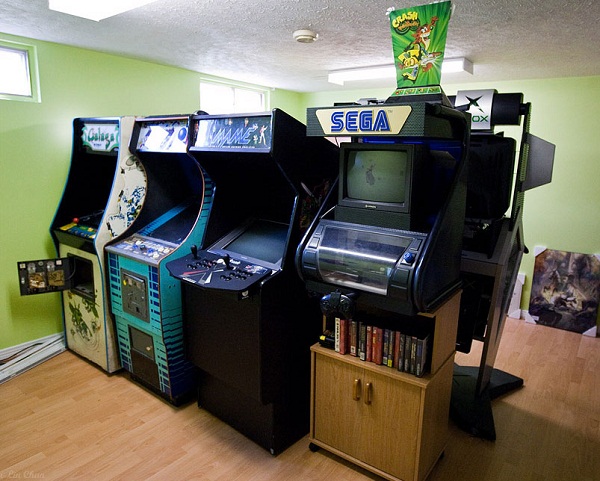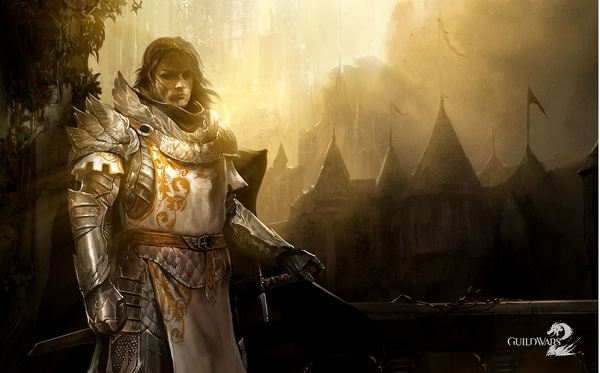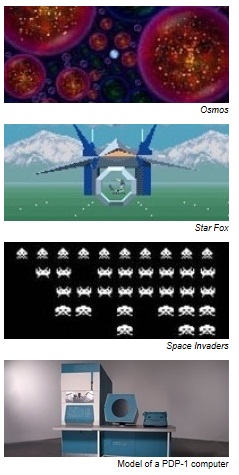
Most of us have hobbies.
When I was growing up stamp collecting seemed like it was on the verge of dying out but I started a collection anyway. I had a lot of fun with it and although I no longer have that collection (I really wish I did) it provided many hours of entertainment and gave my brain a chance to think.
Today, I collect video games.
It’s a hobby that is becoming more and more popular as more and more generations are born with gaming as a normal part of everyday life. One of the best things about game collecting as a hobby is that you can diversify your collecting in various ways.
For example, you can be an “everything” collector like I am. You collect all video game systems and games from the mid-1970’s to today. This is the most challenging (and dare I say it, expensive) of the choices but it doesn’t have to be. You could concentrate on the oldies, starting out with a system like the Atari 2600 or you could try to focus on the “16-bit era” and focus on systems like the Super Nintendo which came out in 1991 and produced a great library of titles.
Another great aspect of game collecting is that it can fit any budget. Frugal gamers can find the best of deals at garage sales and far, out of the way retailers or you can loosen your wallet a bit and find easier pickings at the bigger retailers.
With collecting, it’s all about the hunt.
It doesn’t matter where you live. You can take the family for a drive on the weekend while you look for buried treasures. For Canadians, there is even a website dedicated to classic game collectors where you can connect with like-minded individuals. Just head over to Canada’s Classic Game Collectors Website.
I think it’s important to define the parameters of what you are collecting (for example, are you collecting boxed items or “loose”) and so on. It gives you guidance when going shopping. I know some collectors who only buy sealed games (very expensive) and others who only collect certain game series (for example all of the Zelda games or all of the Pokemon titles). The possibilities are quite endless. Regardless of what approach you take, collecting can be almost as much fun as playing. For the Silo, Syd Bolton. Featured image- Commodore Vic-20 computer and modem used by the author to conduct the world’s first tweet from a Vic-20.





